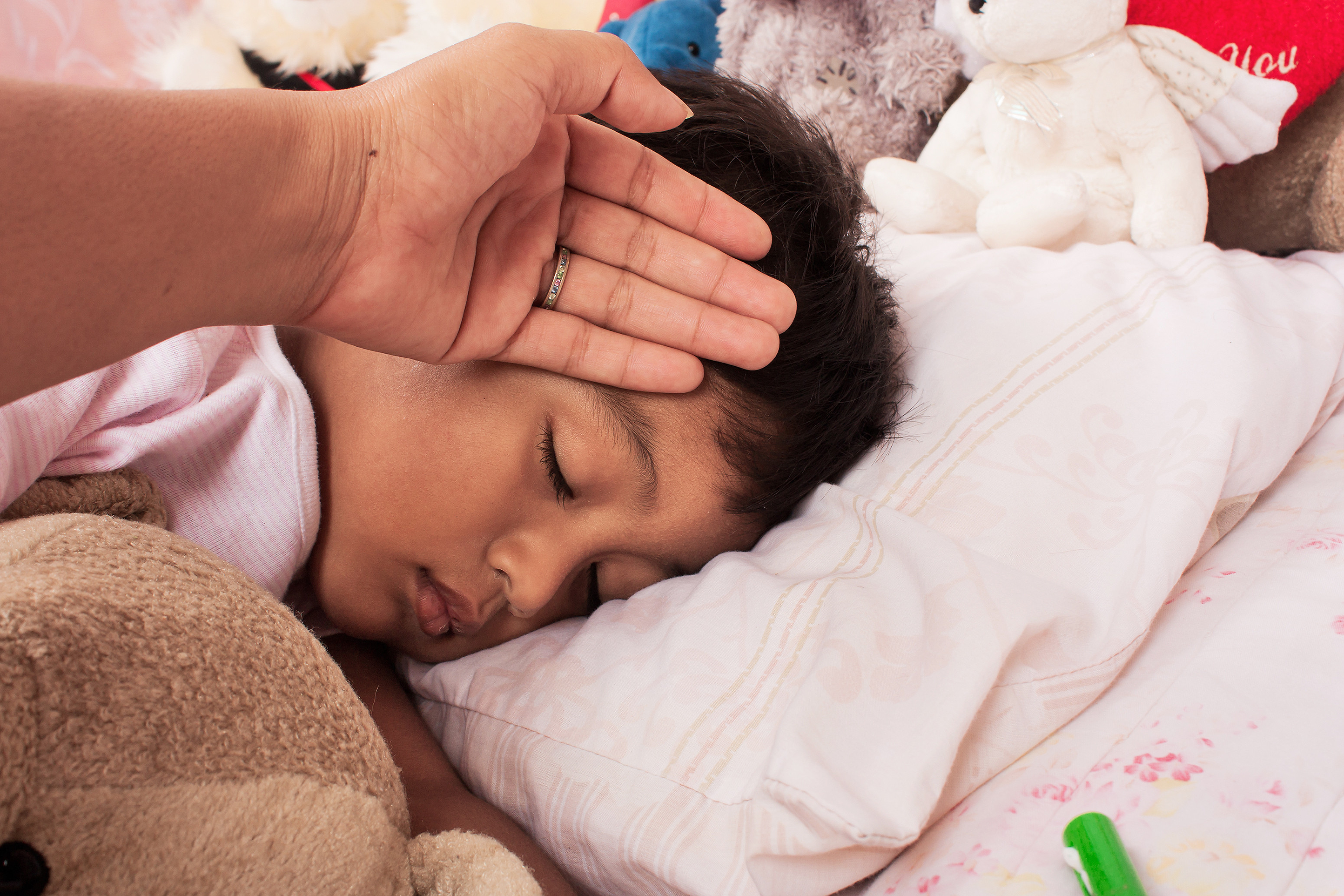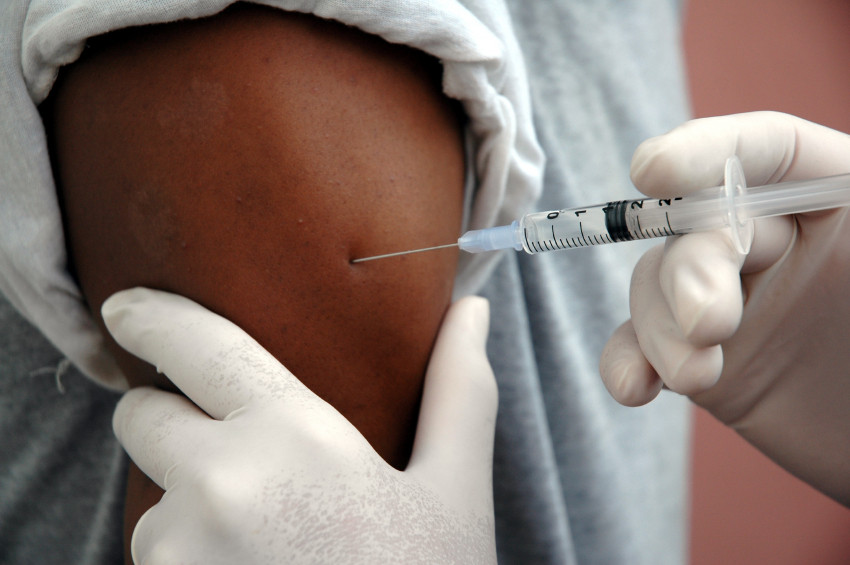
5 timeless habits for better health

What are the symptoms of prostate cancer?

Is your breakfast cereal healthy?

When pain signals an emergency: Symptoms you should never ignore

Does exercise give you energy?

Acupuncture for pain relief: How it works and what to expect

How to avoid jet lag: Tips for staying alert when you travel

Biofeedback therapy: How it works and how it can help relieve pain

Best vitamins and minerals for energy

Should you take probiotics with antibiotics?
Child & Teen Health Archive
Articles
American Academy of Pediatrics urges care and compassion for immigrant children
In response to the government’s changes in immigration policy, the American Academy of Pediatrics has released a statement expressing concerns about the treatment of immigrant children.
Parents: Call the doctor right away for these 4 symptoms
Most parents know when their child needs to be seen by a medical professional, but certain symptoms should be considered warning signs that require immediate attention. If your child perks up, or stops crying, or otherwise looks completely fine once you see a doctor, don’t feel silly. These symptoms terrify doctors, so it’s always better to be safe than very, very sorry.
Parents: As more states legalize marijuana, here’s what you need to know and do
As marijuana becomes legal or is decriminalized in more states, teens are less likely to view its use as risky, so parents need to talk with their children about safety, especially if they use it themselves.
Parents: How to manage injuries at home—and when you need to go to the doctor
Children are usually active and, as they explore the world, don’t have the common sense and good judgment of most adults. So, it is very common for kids to experience minor injuries throughout childhood. Parents need to know when and how to handle injuries at home and when medical advice or attention is needed.
2017 update to the immunization schedule for kids
The CDC and the AAP update their vaccine recommendations every year, and here are the latest changes. These updates show just how important it is to stay on top of research and help increase the effectiveness of each vaccine. The schedule for routine immunizations and catching up kids who get behind can be found on the CDC and AAP websites if you’d like more information.
Emergencies and First Aid - Emergency Checklist
This list describes your priorities in an emergency situation. Follow these steps:
- Evaluate the scene to protect yourself and others from injury or danger.
- Be calm and reassuring.
- Do not move the person unless he or she is in imminent danger or unless you cannot provide assistance without moving the person.
- Get help. Call out for someone to phone 911 or, if the person does not need immediate assistance, make the call yourself.
- If the situation is a choking emergency, perform the Heimlich maneuver (see Choking).
- Look, listen, and feel for breathing (see Breathing Difficulties).
- Feel for a pulse to determine if the heart is beating.
- Control bleeding with direct pressure.
- Treat for shock.
- If the person is unconscious, move him or her into the recovery position.
Emergencies and First Aid - Removing a Stuck Ring
Removing a Stuck Ring
| ||||
Emergencies and First Aid - Choking
Choking
A person who is choking will instinctively grab at the throat. The person also may panic, gasp for breath, turn blue, or be unconscious. If the person can cough or speak, he or she is getting air. Nothing should be done.
Immediate care
If the person cannot cough or speak, begin the Heimlich maneuver immediately to dislodge the object blocking the windpipe. The Heimlich maneuver creates an artificial cough by forcing the diaphragm up toward the lungs.
Emergencies and First Aid - Cardiopulmonary Resuscitation
When you are alone and have to perform cardiopulmonary resuscitation (CPR), your primary effort should be compressing the chest to help the person's heart pump blood. If there is a second person helping, providing breaths can be done at the same time as compressions are performed.
The brief review of CPR on the following pages can help you in an emergency; however, this information should not take the place of a certified course in CPR.
Emergencies and First Aid - Mouth-to-Mouth Resuscitation
Mouth-to-Mouth Resuscitation
Mouth-to-Mouth-and-Nose Resuscitation on a Child Under Age 8 or on an Infant
Place the child on a hard, flat surface.
Look into the mouth and throat to ensure that the airway is clear. If an object is present, try to sweep it out with your fingers. If unsuccessful and the object is blocking the airway, apply the Heimlich maneuver. If vomiting occurs, turn the child onto his or her side and sweep out the mouth with two fingers.
Tilt the head back slightly to open the airway.
Place your mouth tightly over the nose and mouth. Blow two quick, shallow breaths (smaller breaths than you would give to an adult). Watch for the chest to rise.
Remove your mouth. Look for the chest to fall as the child exhales.
Listen for the sounds of breathing. Feel for the child's breath on your cheek. If breathing does not start on its own, repeat the procedure.
Mouth-to-Mouth Resuscitation on a Child Age 8 or Older or on an Adult
1. Make sure the person is lying on a hard, flat surface. Look into the mouth and throat to ensure that the airway is clear. If an object is present, try to sweep it out with your fingers (wear disposable surgical gloves if they are available). Apply the Heimlich maneuver if unsuccessful and the object is blocking the airway. If vomiting occurs, turn the person on his or her side and sweep out the mouth with two fingers. Do not place your finger in the mouth if the person is rigid or is having a seizure. | 2. Tilt the head back slightly to open the airway. Put upward pressure on the jaw to pull it forward. |
3. Pinch the nostrils closed with thumb and index finger. Place your mouth tightly over the person's mouth. Use a mouthpiece if one is available. Blow two quick breaths and watch for the person's chest to rise. | 4. Release the nostrils. Look for the person's chest to fall as he or she exhales. Listen for the sounds of breathing. Feel for the person's breath on your cheek. If the person does not start breathing on his or her own, repeat the procedure. |

5 timeless habits for better health

What are the symptoms of prostate cancer?

Is your breakfast cereal healthy?

When pain signals an emergency: Symptoms you should never ignore

Does exercise give you energy?

Acupuncture for pain relief: How it works and what to expect

How to avoid jet lag: Tips for staying alert when you travel

Biofeedback therapy: How it works and how it can help relieve pain

Best vitamins and minerals for energy

Should you take probiotics with antibiotics?
Free Healthbeat Signup
Get the latest in health news delivered to your inbox!
Sign Up







